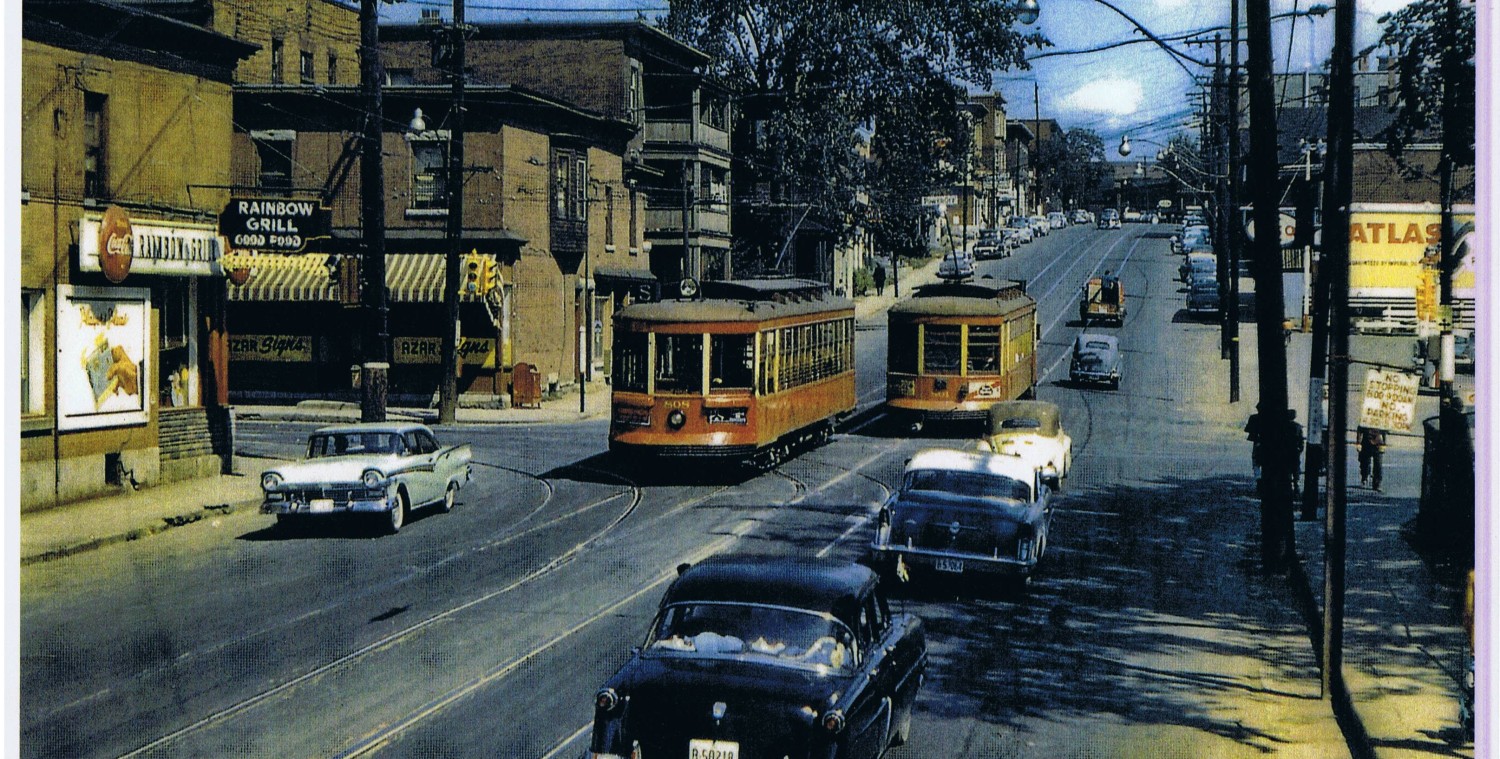Every time there is a new Liberal government in Ottawa, VIA Rail appears, exactly on schedule, to promote spending money investing on a dedicated passenger rail network in The Corridor (Windsor-Toronto-Ottawa-Montreal-Quebec City, or some subset thereof). While the “solution” is always the same, the arguments leading to that solution vary with the fashion. It’s for energy saving. Its for electrification. Its for affordable intercity travel. It’s to be world class. It’s for infrastructure. It’s for fighting climate change. Etc etc.
The key to an improved intercity passenger rail service is believed to be a dedicated line. Freight trains are too long and hard to stop on the sidings, so passenger trains are shunted aside, delaying their travel and wrecking schedules. Quick and timely turnaround of trainsets is key to economical use of crews and equipment.
Freight trains, like trucks on roads, are hard on the roadbed, reducing passenger comfort and reducing speed.
If governments build a dedicated passenger line, and people will come, goes the theory. Icing on the cake: it can be Electric. No fossil fuels. Bonus: grateful electricity monopolists in Ontario and Quebec.
In Italy last autumn, I was surprised to see some new techniques (new to me, in my limited knowledge) for rail roadbeds under construction.
Previously, I saw fast intercity lines under construction on elevated viaducts, rather like the transitway over Bayview Road is and the LRT tracks will be: two concrete walls, the space between filled with gravel, (concrete?) ties, track on top.
Back in Italy, I initially thought I saw a new freeway under construction. Curbs. Catch basins. Paved surface… awfully close to the rail line.
But then there were those towers at regular intervals …
Would they actually take a paved surface, add ties on top, then track? Yup, after a dozen kilometres of the new road bed, it connected to this older alignment:
I can only presume the pavement layer is to keep the deeper roadbed dry and stable, and the paved surface might make fine adjustments to the ties easier.
It brought back an old fantasy of mine: build a surface streetcar, oops, LRT line, from Gatineau across the Alexandra Bridge, like it was 1945 again …
along MacKenzie Drive …
crossing Rideau Street (which will be back to two lanes by then) …
onto Colonel By Drive.
Convenient surface stops at the Gallery, the By Ward Market, the Rideau Confederation Line station, Ottawa U, Ottawa East, opposite Glebe / Lansdowne Park, Bank, Bronson, then on to Carleton U and the north-south Trillium Line.
Picture: downtown Phoenix transit station with low platform. Soon to be in Ottawa, but not on a street right of way.
Essentially, we would take back from the automobile what was once before and could be once again a rail corridor. We had a Greber-induced “technology switch” once before, when rail went out of fashion and cars were “in”. Maybe we could do it again: car to electric transit.
The NCC would certainly object, since Colonel By Drive is supposed to be the ceremonial entrance to the downtown for the Queen and Visiting Dignitaries who could only arrive by limo.
Although, back in the day, we once had a royal streetcar:
For us plebes, it would certainly make for a much more wonderful east side of the Rideau Canal.











Interesting article. I’ve heard of concrete ties a while ago but not about the paved surface.
If we really want to be serious about climate change and energy efficiency then we wouldn’t be looking at changing our rail system for passengers but for cargo.
I’ve taken a bus out of Toronto at night (it was supposed to be a train but that was night of the day that the bus hit the train in Barrhaven) and the majority of traffic was trucks. And most of those trucks are heading to the same places.
What if the rail distribution system was changed so that faster trains left at regular times to more destinations? Instead of sending a truck from one city to another they would use a local driver to take a container to the rail yard. The next train would take it to the other city where a local driver there would take it to the final destination.
In addition to being more energy efficient it would also remove trucks from highways reducing the need to expand them and making them safer (just by reducing traffic). Fewer vehicles on the road also mean fewer emissions. It would also turn long haul drivers into short haul.
It would require upgrading the lines to make sure that trains can run faster and safer. You would need to prove to large companies such as Loblaws and Walmart that it would be cheaper for them to use this method. And you would have to build new train yards in cities. Not every place would need a new train yard. Trucks would still have a place. For example, at first you would probably ship containers from Toronto to Ottawa and use a truck to finish the trip to Arnprior.
The impact of changing the rail system for cargo is so much greater compared to getting people to go onto a train. Imagine shifting even 25% of the trucks off of the highways.
Uh, the Canadian rail network is essentially exclusively used for freight. Yes there is a huge market for long haul trucking due to just-in-time delivery requirements, the sheer volume with which we subsidise roads, etc, however a huge amount of freight is transported by rail. For the most part, freight rail largely does not have to be fast, it needs to be consistent and cheap, particularly in the bulk goods (ore transport in particular) and bulk liquids (oil, whether unrefined bitumen or refined oil products).